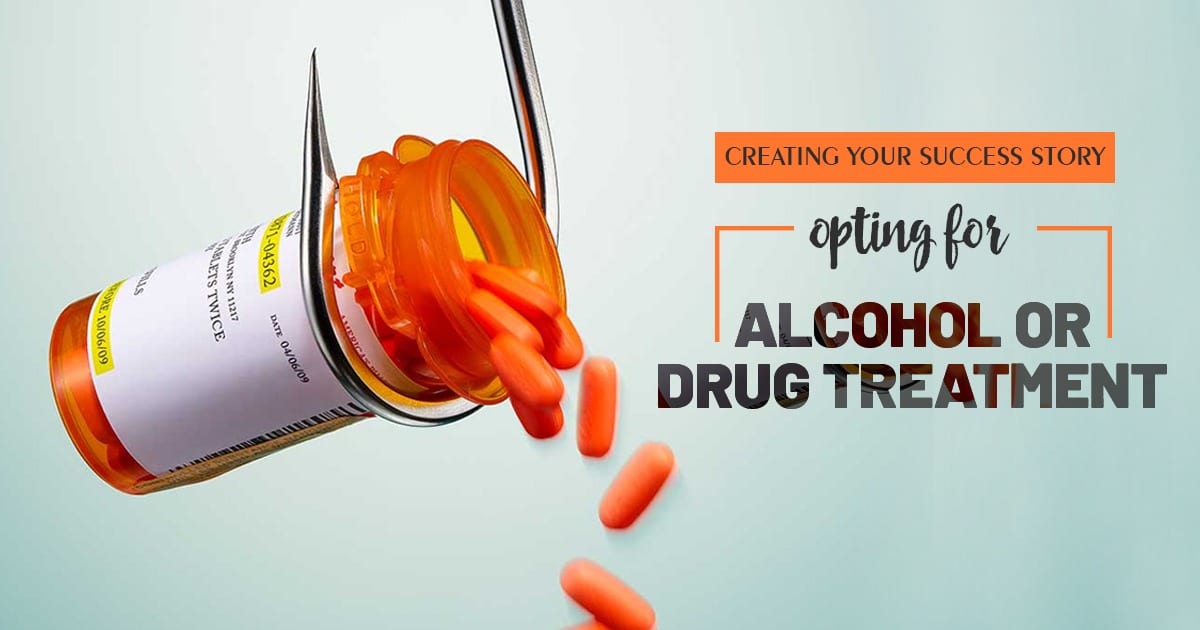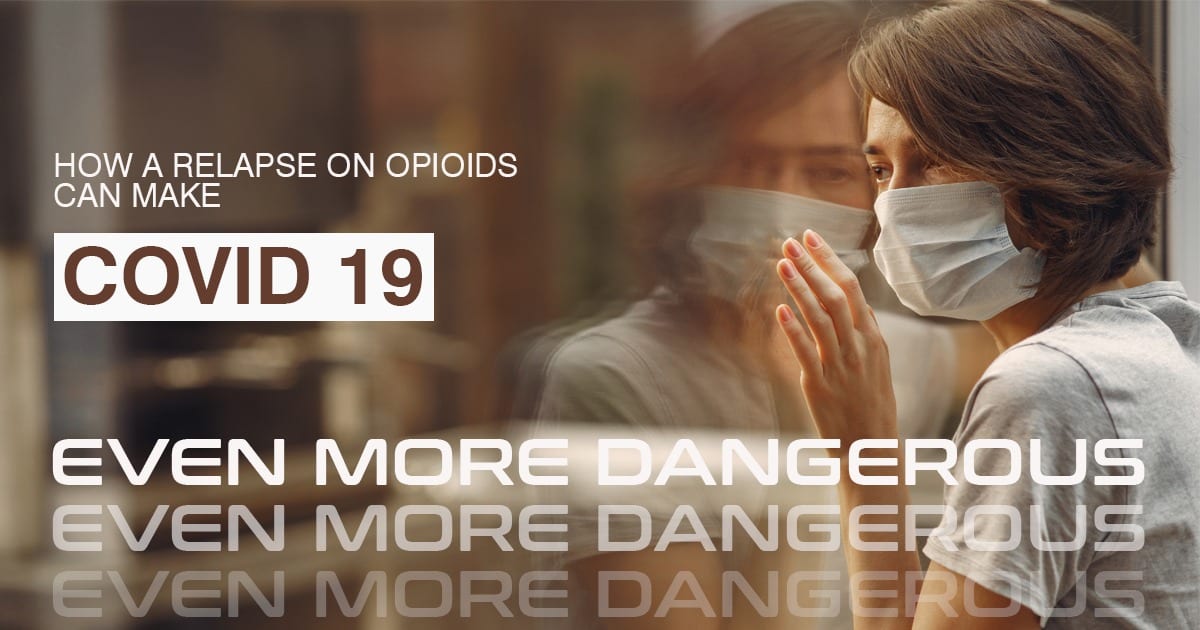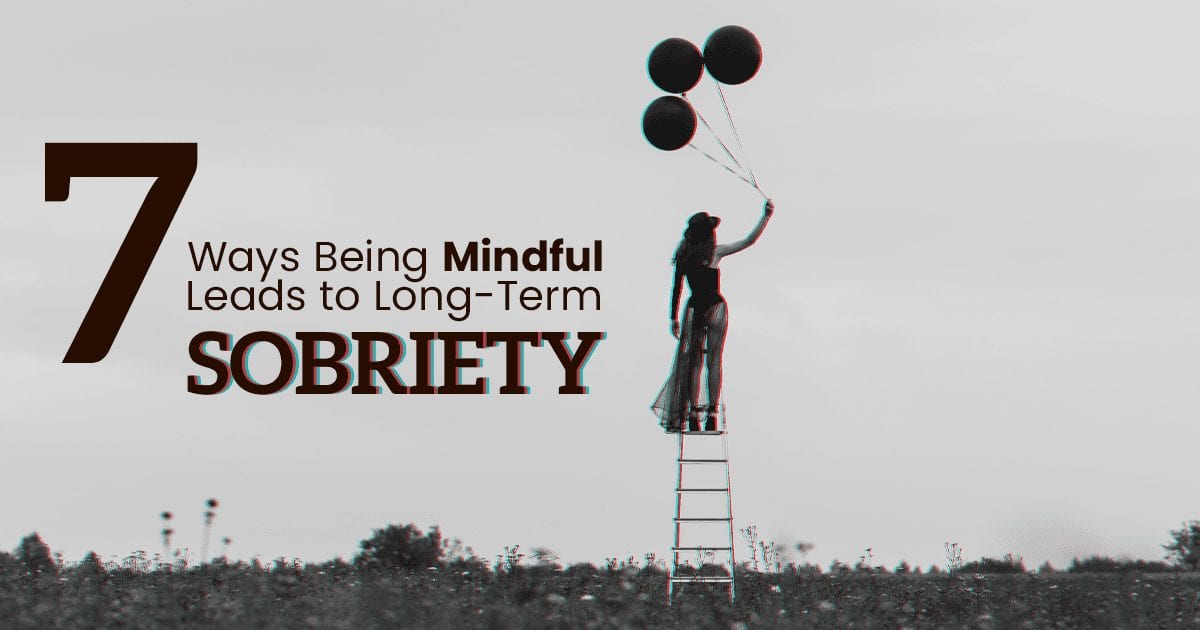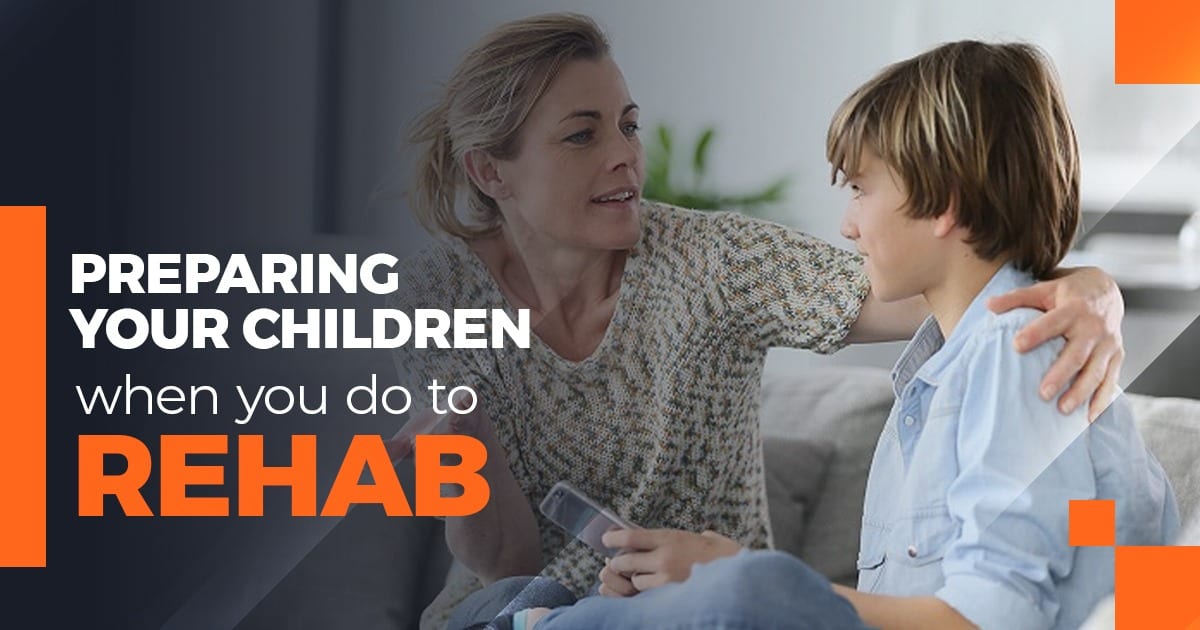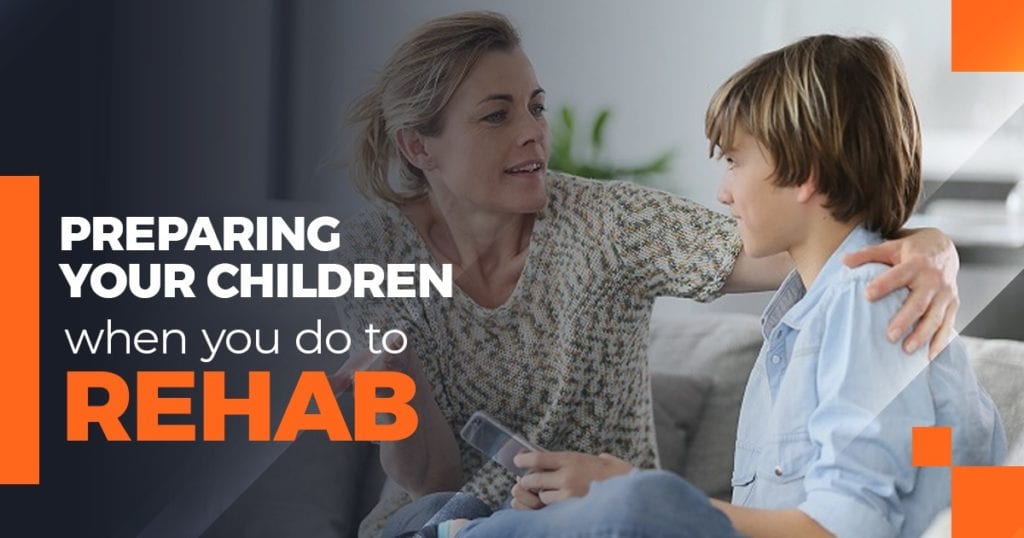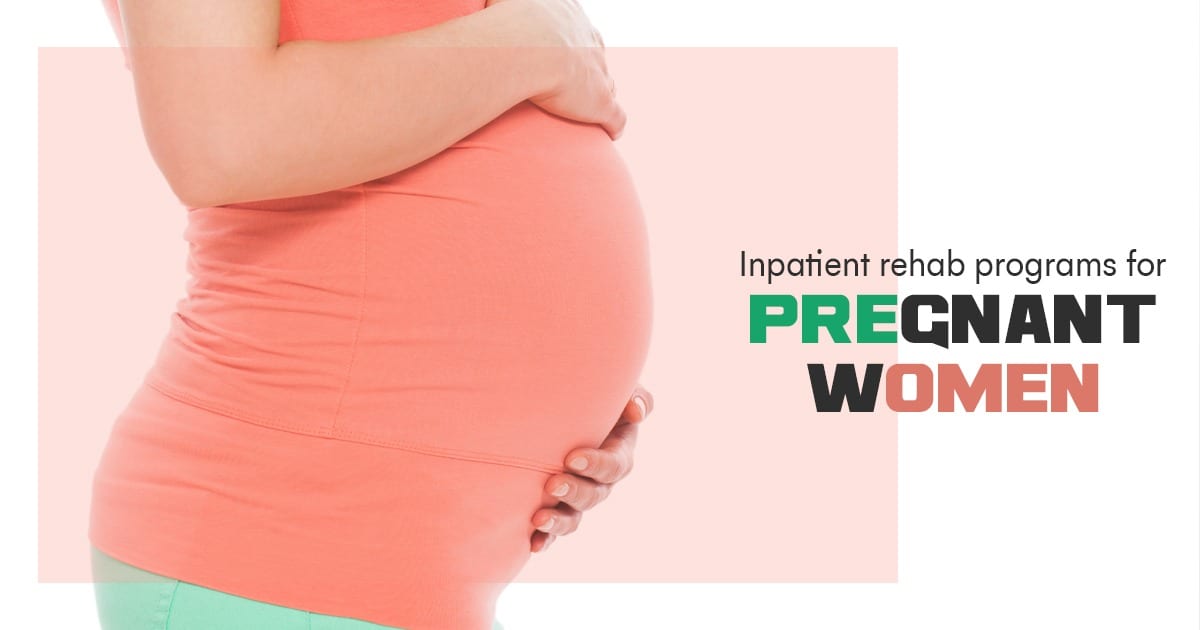
Until the late 1990s, all clinical studies on addiction were only done on men; no consideration was given to the differences between gender or how drugs may affect men and women differently. Advanced research in recent years shows that the consequences of addiction are far worse in women, especially women who are pregnant and the developing child. As a result of this advanced research, we were able to develop more effective treatment options, such as inpatient rehab for women only, to develop the field of addiction further.
Drug Use During Pregnancy
While pregnant, the fetus inside of you shares your resources. Everything you put into your bloodstream gets absorbed by the child, including toxic chemicals. Smoking, drinking, or using drugs during pregnancy may all have a significant impact on the development of the fetus.
Research indicates that pregnant women’s usage of cigarettes, alcohol, or illegal drugs or abuse of prescription drugs may have serious health effects for infants. Certain drugs quickly move through the placenta (an organ that joins the mother and fetus) because the fetus is often reached by any drug that a pregnant woman takes. The latest research indicates that smoking cigarettes or marijuana, taking prescription pain relievers, or using illicit substances during pregnancy are associated with double or even triple the risk of stillbirth.
More than 50% of pregnant women, for example, take prescription or non-prescription drugs or use social drugs such as cigarettes and alcohol or illegal drugs during pregnancy at some stage, and drug use during pregnancy is growing gradually as well.
Unless instructed, women should generally not use medications during pregnancy because many can affect the unborn baby. About 2 to 3 percent of all congenital disabilities are induced by medications used to relieve a disorder or symptom. Here are reasons why you should definitely opt for inpatient rehab for women if you can’t stop taking drugs.
Risks of Stillbirth from Substance Use in Pregnancy
Tobacco Use:
The risk of stillbirth is 1.8 to 2.8 times higher, with the highest risk occurring in the heaviest smokers
Marijuana Use:
2.3 times higher risk for stillbirth
Evidence of Any Stimulant, Marijuana, or Prescription Pain Reliever Use:
The chance of stillbirth is 2.2 times greater
Passive Exposure to Tobacco:
The chance of stillbirth is 2.1 times greater
Addiction During Pregnancy
Addiction is nothing to be ashamed of; it is a chronic condition affecting millions of Americans, including pregnant women. Research reveals that over 17 million people are dealing with alcohol abuse, and over 25 million adults are abusing prescription and illicit medications.
If you have a physical dependence on a drug, your child will be born addicted to that drug. Except once they separate from your umbilical cord, they will no longer have that substance in their bloodstream and will experience potentially life-threatening withdrawal symptoms.
Drug withdrawal symptoms in newborns can develop immediately or up to 14 days after birth and may include:
- Blotchy skin coloring
- Diarrhea
- Excessive or high-pitched crying
- Abnormal sucking reflex
- Fever
- Hyperactive reflexes
- Increased muscle tone
- Irritability
- Poor feeding
- Rapid breathing
- Seizures
- Sleep problems
- Slow weight gain
- Stuffy nose and sneezing
- Sweating
- Trembling
- Vomiting

Effects of using some drugs could be long-term and possibly fatal to the baby
- Birth defects
- Low birth weight
- Premature birth
- Small head circumference
- Sudden infant death syndrome
Nobody plans to become addicted to drugs or alcohol. However, you can opt to seek help, and you’re not going to be alone: substance treatment intake statistics indicate that about 5 percent of women are pregnant when they reach rehab. If you have become pregnant when addicted to drugs or alcohol, several supportive recovery facilities and inpatient rehab for women are trained and ready to support you through this challenging situation. Do not let your fear of being judged put your baby’s life at risk.
Women-only rehab provides a supportive place for pregnant women to get the medical care they need for drug and alcohol addiction; It gives you and your baby the best possible opportunity for a safe pregnancy and childbirth.
Choosing a Women Only Rehab
Addiction can be a daunting matter to manage during pregnancy. Emotions are elevated, and the added tension or feelings that come with pregnancy may feel like too much to handle. The longer you wait to get treatment, the greater the risk of complications during your pregnancy.
Seeking immediate treatment eliminates the risk of birth defects and gives your child a chance at a better life for themselves and a mother’s gift of recovery.
Anchored Tides Recovery is a comprehensive dual-diagnosis enhanced Huntington Beach rehab program designed specifically for women by women. We can help you find the resources you need to manage addiction and pregnancy and provide the aftercare you need to beat your addiction. Call us today.

